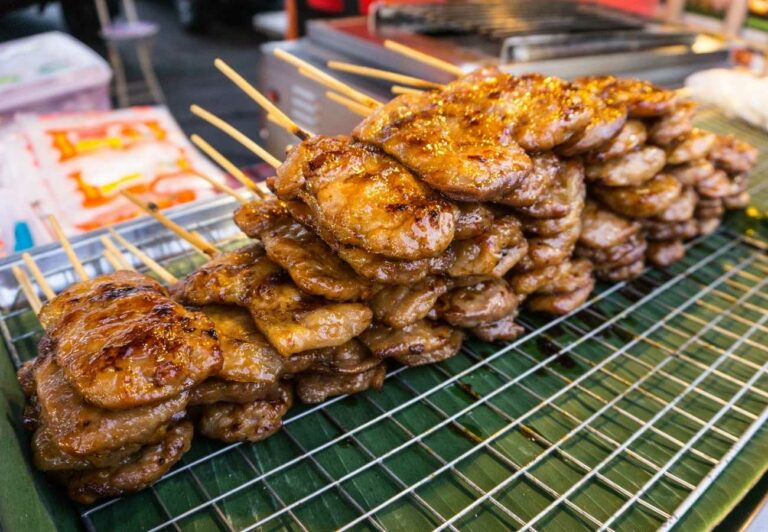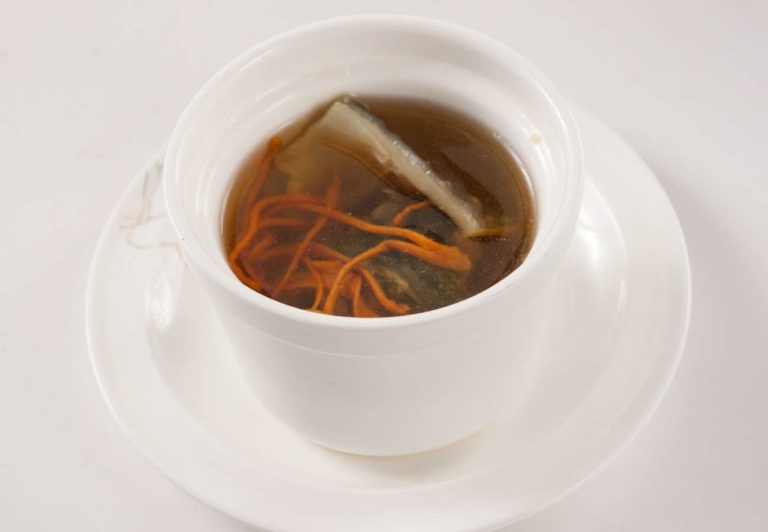Durian Fruit: The Stinky Fruit from Southeast Asia
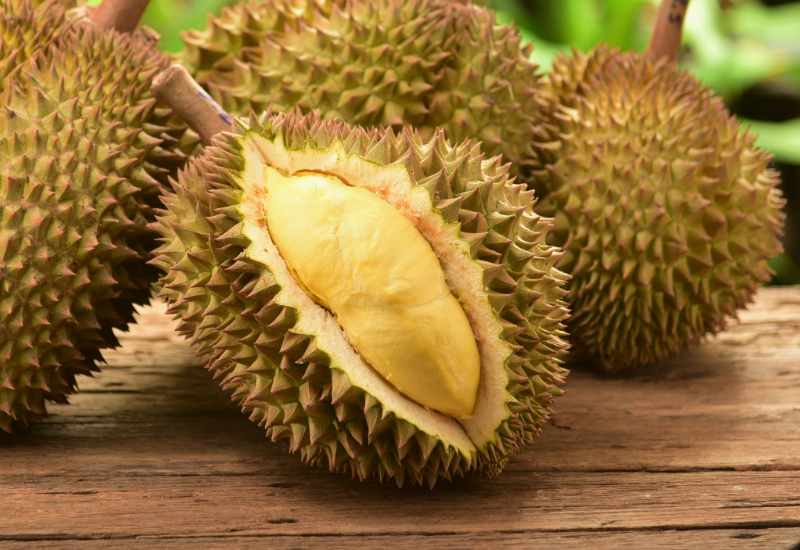
A durian, also known as the “king of fruits”, is an edible fruit from many tree species that belong to the genus Durio. This seasonal tropical fruit belongs to Southeast Asia and is grown in Malaysia, Thailand, the Philippines and Indonesia.
Notably, the durian fruit has a very pungent odor that can be somewhat off-putting to many. Whereas some people consider its fragrance to be pleasantly sweet, for many it smells intense and unpleasant. In Southeast Asia, the fruit is a staple ingredient and is full of important nutrients.
The durian is large in size and has a thorn-covered rind, which makes it different from all other species. The shape of durian varies from oblong to round, the color of the husk from green to brown, and the flesh from pale yellow to red, depending on the species.
As far as appearance is considered, the fruit is believed to resemble jack fruit to some extent. Durian fruit is packed with great amount of sugar, vitamin C, potassium, and the serotoninergic amino acid tryptophan, and is also believed to be a good source of other nutrients like carbohydrates, proteins, and fats.
Origin & Cultural Significance
The word durian originates from the Malay word “duri”, which means thorn, combined with the suffix “an”(used for creating a noun in Malay), meaning a “thorny fruit.”
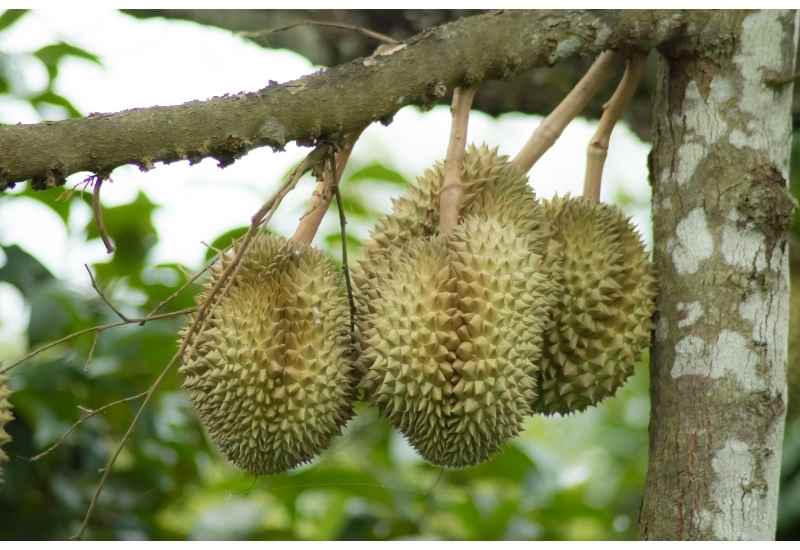
Durian is believed to have originated in the regions of Borneo and Sumatra, with wild trees in the Malay peninsula and orchards often grown in a wide area from India to New Guinea. The fruit has been known to have been cultivated for centuries at village level in Southeast Asia (possibly since the late 18th century), and commercially it has been grown since the mid-20th century.
How is Durian Eaten?
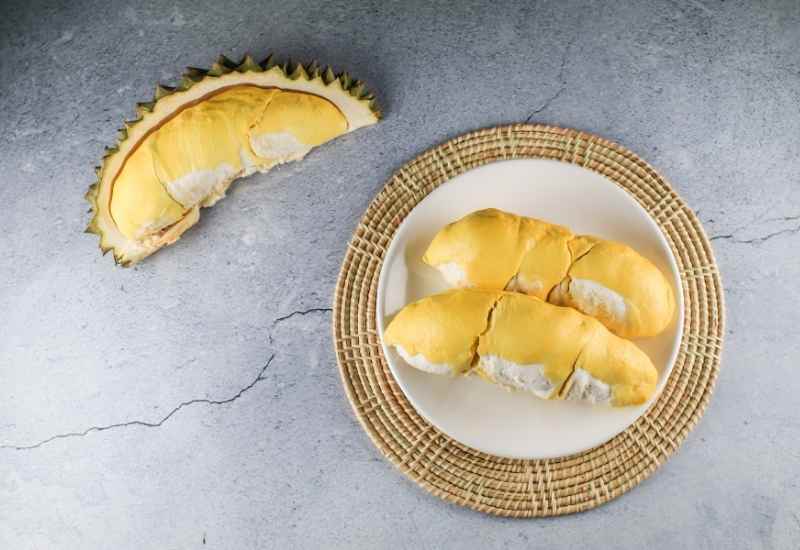
Although durian can be eaten raw, it can also be used to add flavor to many other dishes, including Malay candy, ice kacang, dodol, lempuk, rose biscuits, ice cream, milkshakes, mooncakes, Yule logs and cappuccino.
Durian is commonly consumed fresh with sweet sticky rice in Thailand. Unripe durians can often be seen prepared as vegetables. But in the Philippines, it is just used to add sweet flavors and not savory, while in Malaysia, people prepare both sugared and salted preserves using this fruit. Durian mixed with salt, onions, and vinegar is called boder.
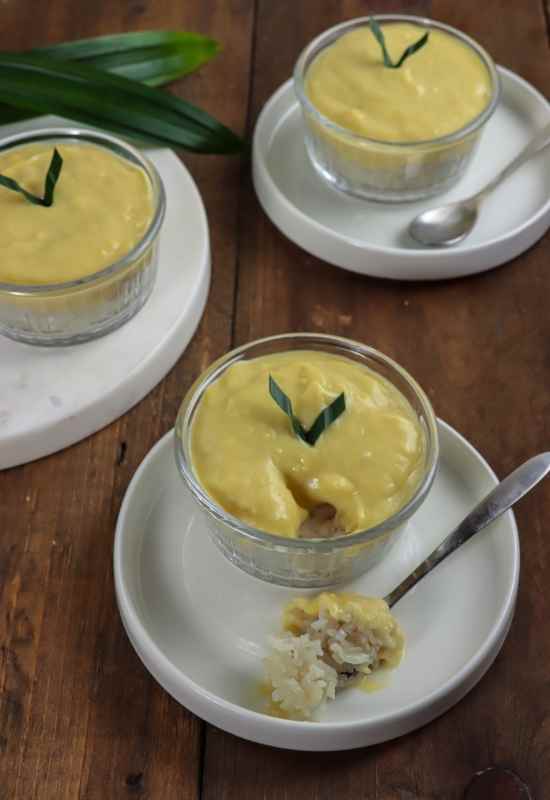
The seeds of durian (which resemble chestnuts in size) can be consumed after boiling, roasting, or frying them in coconut oil. In Java, the durian seeds are cut thinly and cooked with sugar as a confectionery.
Uncooked durian seeds are considered poisonous due to the presence of cyclopropane fatty acids, and hence it is recommended to not consume them uncooked. Young leaves and shoots of the fruit are seldom prepared as greens.
Occasionally, the ash from the burned rind is added to some exceptional cakes. In the Batak provinces of Indonesia, the petals of durian flowers are consumed, and on the other hand, people in the Moluccas islands seem to use the husk of the durian fruit as fuel to smoke fish. The nectar and pollen of the durian flower collected by honeybees are regarded as a significant source of honey.

